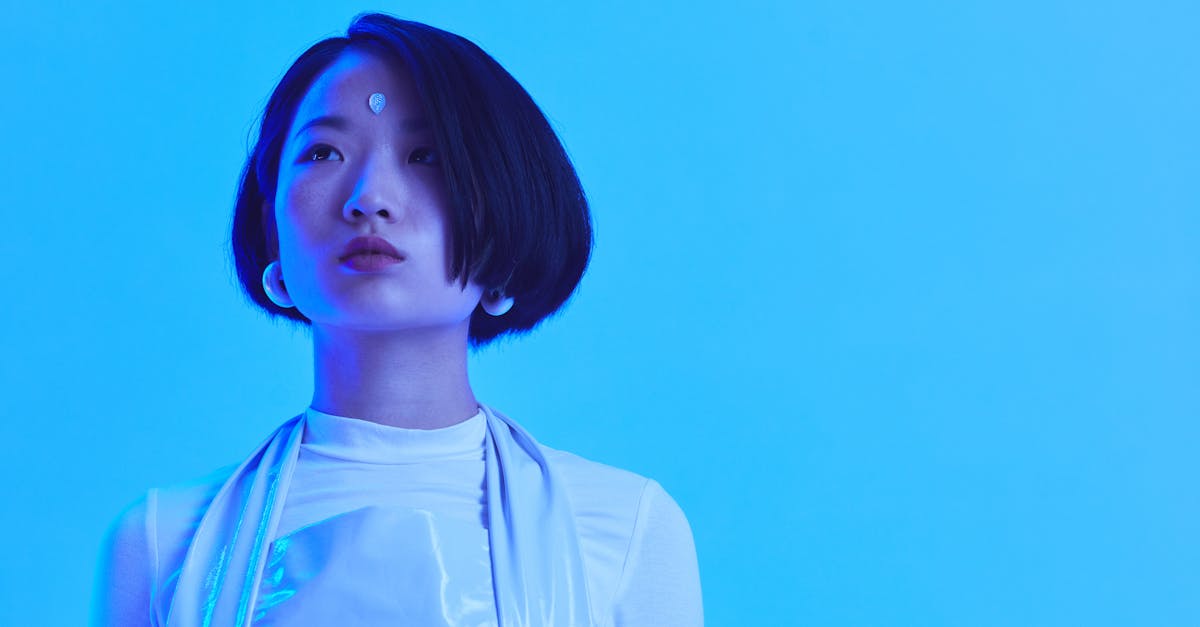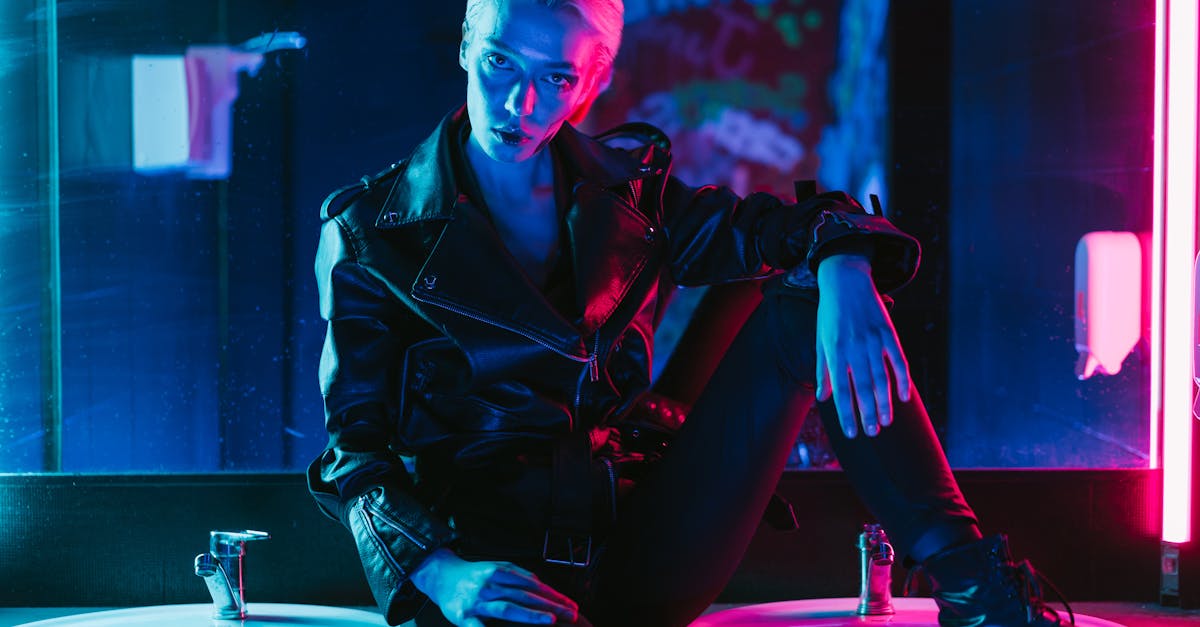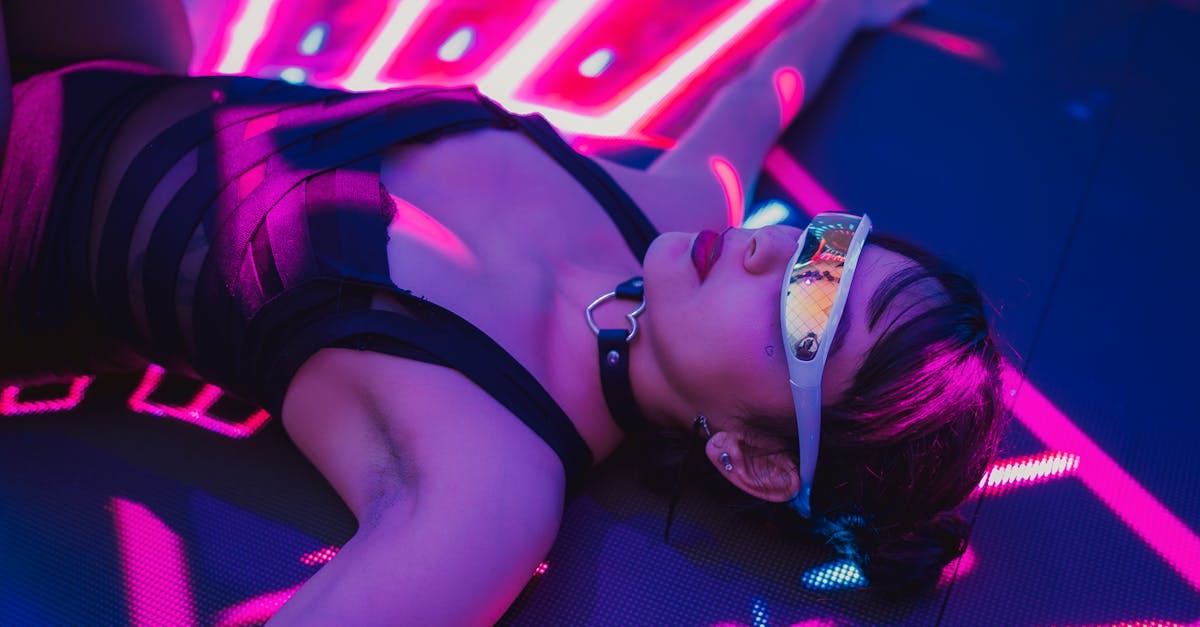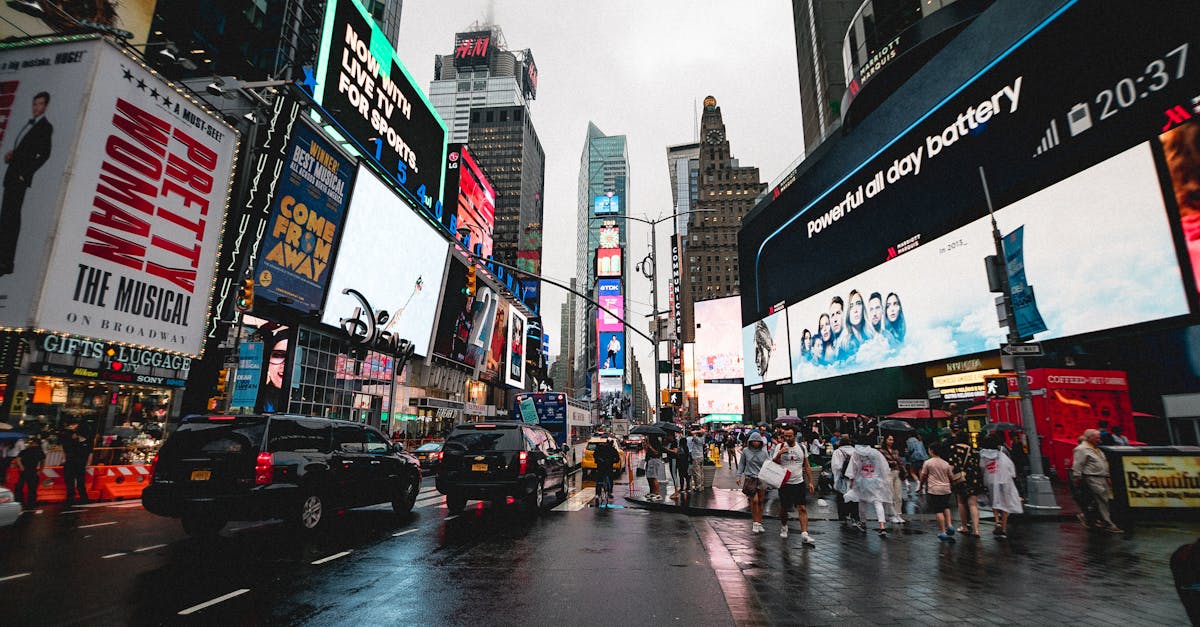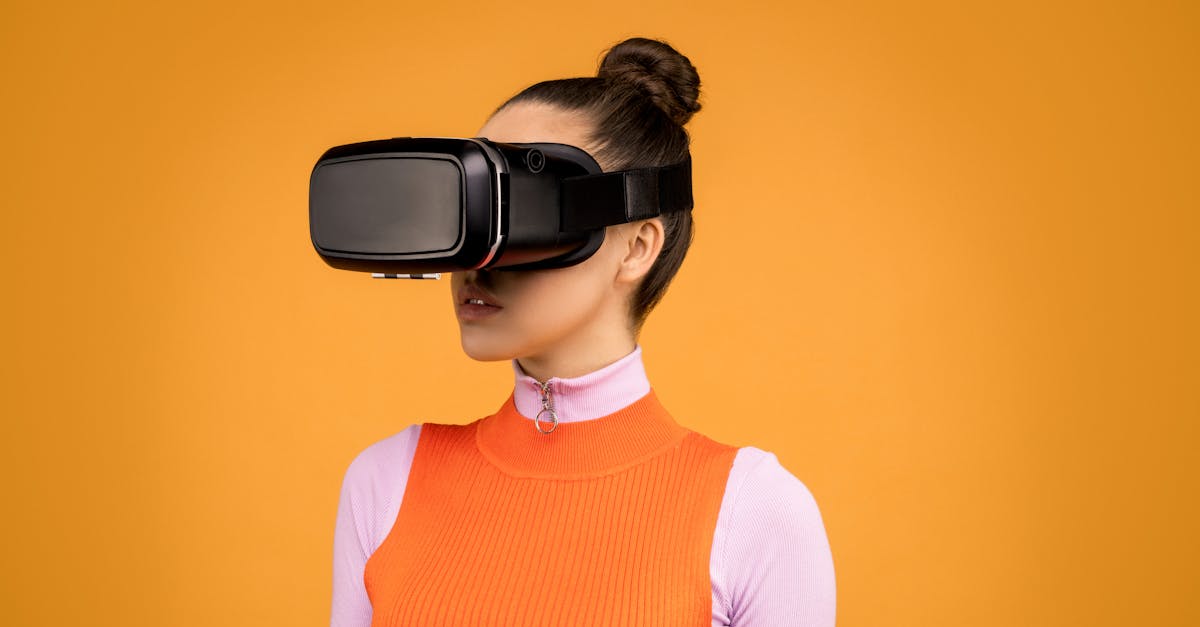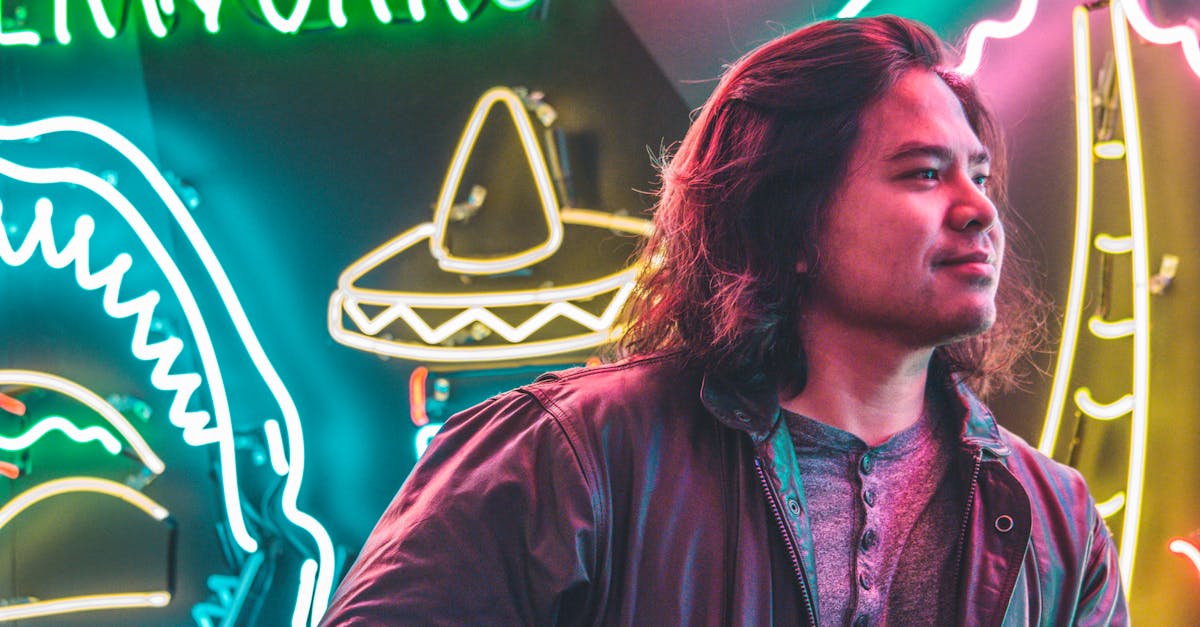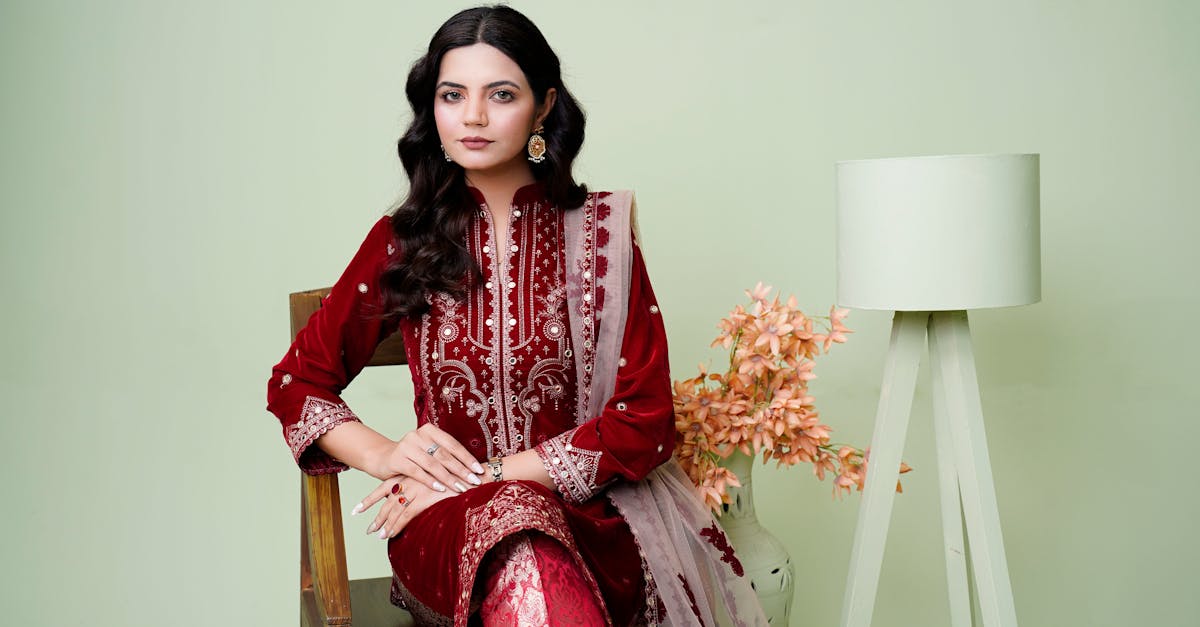The Evolution of Fashion Futures Style Synergy
Introduction to Fashion Futures Style Synergy
Fashion has always been an expression of individual identity and cultural moments. Yet, as we step into a new era, the confluence of technology, sustainability, and design is reshaping the landscape. This phenomenon, known as fashion futures style synergy, embraces an innovative approach to clothing and aesthetics. It marks a significant shift in how we perceive and engage with fashion. The synergy emphasizes collaborative efforts involving creatives, technologists, and environmentalists to rethink the purpose and function of fashion. As we explore this transformative era, we uncover how these movements are setting new trends and reimagining the future of fashion.
Advertisement
The Role of Technology in Fashion
Technology plays an integral role in this new wave of fashion futures. From 3D-printed garments to AI-powered design platforms, technology is revolutionizing how pieces are conceptualized and created. Digital fashion shows have emerged in the post-pandemic world, allowing designers to broaden their audience without geographical restraints. Technology facilitates customization, allowing consumers to tailor styles to their preferences with virtual fitting rooms and augmented reality apps. Moreover, blockchain ensures transparency and traceability within the industry, promoting trust and accountability in supply chains. With these technological advancements, fashion has broken traditional boundaries, creating opportunities for more innovative and inclusive expression.
Advertisement
Sustainability at the Core
The integration of sustainability in fashion futures isn't merely a trend—it's a necessity. The industry is adopting eco-friendly practices, embracing biodegradable materials, and investing in circular fashion models to reduce waste. Designers like Stella McCartney are advocating for sustainable production processes, urging others to consider how garments impact the environment. Recycling and upcycling waste materials into new products are gaining traction, lessening the dependency on fresh resources. Furthermore, rentals and second-hand markets are growing, fostering a culture focused on longevity rather than fleeting fashion. As fashion steers towards greener practices, the industry sets a positive precedent for future generations.
Advertisement
Embracing Cultural Innovation
Fashion has always drawn inspiration from diverse cultures, embedding multiculturalism within its revolutionary shift towards style synergy. Designers are increasingly committed to blending traditional craftsmanship with contemporary aesthetics, thereby preserving rich cultural heritages. Collaborative projects like the Fashion Open Studio initiative showcase talent from all over the globe, encouraging cultural exchange and innovation. This celebration of diversity extends to the advocacy for inclusivity in all aspects—from diverse body types on runways to varied representation in marketing campaigns. As fashion continues to intertwine with culture, consumers become more engaged with globally-inspired narratives and apparel.
Advertisement
Ethical Considerations in Fashion
Fashion futures style synergy isn't just about aesthetics—it's about ethics. Brands are working diligently to promote fair labor practices, ensuring workers have safe environments and equitable wages. The rise of "slow fashion" encourages both designers and consumers to value quality over quantity while scrutinizing how garments are made. Labels strive for transparency, welcoming consumers to investigate how products align with their values. The move towards ethical fashion reduces exploitation and promotes mindful consumption. With an increased focus on values, fashion transforms into a catalyst for meaningful social change.
Advertisement
Artistic Expression and Innovation
The fashion futures movement embodies a playground for artistic expression, where designers blur lines between art and apparel. Exploring new materials, unexpected color palettes, and daring silhouettes are hallmarks of this innovative wave. Technologies such as fabric fusion and digital embroidery allow creative renditions that were once thought impossible. Furthermore, collaborations between artists and designers yield collections that offer a unique synthesis between mediums. As fashion continually pushes creative boundaries, it evolves into more than just functional wear—it's a form of art that speaks to the soul and provokes critical reflection.
Advertisement
Consumer Engagement and Experience
Today's consumers are more engaged than ever, driving a demand for personalized and interactive shopping experiences. Brands are harnessing digital platforms to connect with audiences, delivering immersive experiences that redefine consumer interactions. Virtual reality mirrors and AI chatbots enhance the shopping journey, making it intuitive and engaging. Social media continues to amplify direct brand-consumer relationships, breaking down traditional marketing barriers. Personalized marketing strategies cater to individual tastes, ensuring consumers feel valued and heard. Through these advancements, brands harness technology to foster stronger, more meaningful customer connections.
Advertisement
Education and Fashion Literacy
Empowerment through knowledge is a cornerstone of the fashion futures style synergy. Educational initiatives aimed at enhancing fashion literacy encourage consumers to make informed choices. Institutes and fashion schools are revising curriculums to incorporate lessons on technology, sustainability, and ethics, preparing future designers to meet emerging industry demands. Workshops and seminars that focus on crafting skills, sustainable practices, and the history of fashion cultivate a deeper understanding and appreciation for the art of fashion. As the public becomes increasingly educated about fashion's impacts and innovations, informed decisions lead to a more responsible fashion ecosystem.
Advertisement
The Economics of Fashion Futures
The shift towards fashion futures style synergy poses both challenges and opportunities within the economic landscape. While luxury brands navigate new dynamics, smaller and niche brands flourish with their agile adaptation to change. Investments in sustainable practices may involve upfront costs but promise long-term benefits and brand loyalty. Tech-driven retail experiences encourage purchases, driving economic growth within an increasingly digital market. As brands strike a balance between innovation and tradition, they address consumer desires for authenticity and value. The evolution of fashion futures underscores a complex yet exciting prospect for the economy.
Advertisement
Conclusion: A New Era for Fashion
Fashion futures style synergy heralds an era of transformative change where creativity, sustainability, and innovation converge. As technology integrates with design, fashion becomes more inclusive and reflective of the world's cultural tapestry. Sustainability ensures that fashion remains not only an expression but a responsibility. Engaged consumers, empowered by their knowledge, choose brands aligning with their values. As we navigate this dynamic landscape, one thing remains certain: fashion futures style synergy has redefined the paradigm of what fashion can be—a vibrant interplay of art, ethics, and technology.
Advertisement
